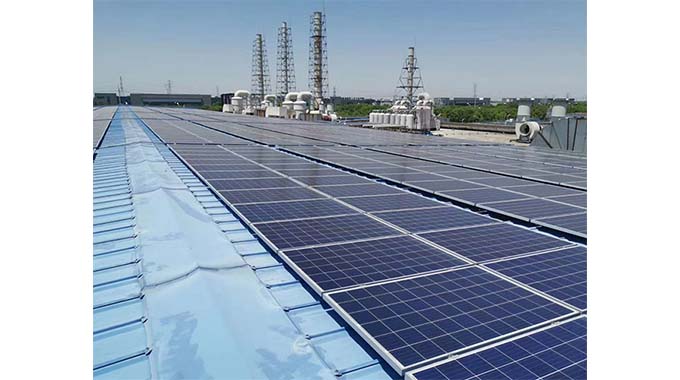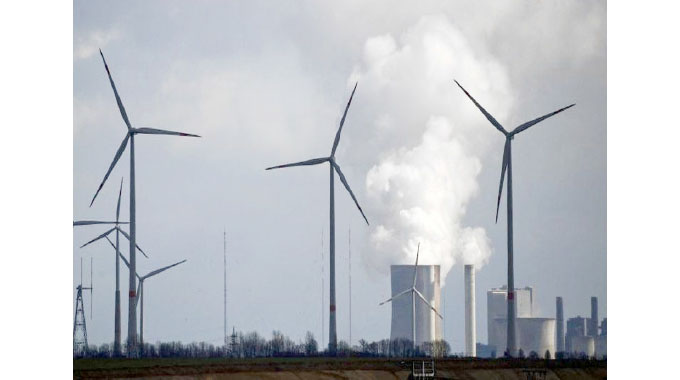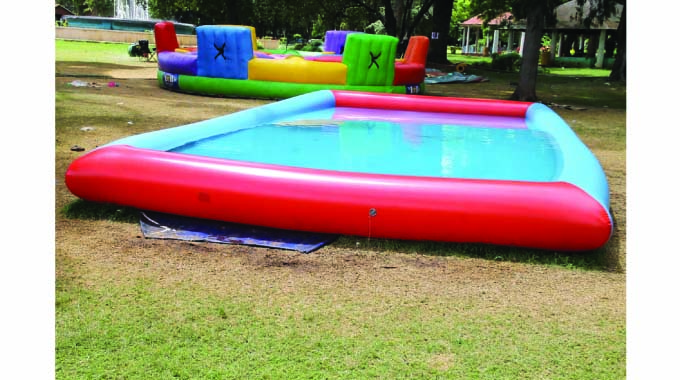Bulawayo tech start-up, NeedEnergy, launches revolutionary project to deliver smart energy

Remeredzai Joseph Kuhudzai
For the last couple of decades, Zimbabweans have been subjected to electricity rationing due to several reasons, such as frequent droughts affecting hydropower generation and regular breakdowns at the country’s aging coal power plants. This means most businesses operating in the commercial and industrial sector as well as in the mining and agricultural sectors generally have diesel back-up generators (DGs).
As the price of solar panels dropped significantly over the last decade, more firms in these sectors started to install solar photovoltaic (PV) onsite to complement the grid. Most of these installations are simple grid-tied solutions, meaning that they would automatically switch off when there is a grid power outage.
To allow the safe operation of onsite solar in island mode during a power cut, some firms have started integrating their PV plants with their existing or new diesel back-up generators. In this mode, the PV works with the DGs and helps reduce the diesel usage.
Technological advancements in the battery storage sector and the subsequent price reductions have now made the business case for incorporating battery storage more appealing. We are starting to see some firms adopting battery storage. Going forward, this means that we will start to see more of these grid connected microgrids that have solar PV, battery storage, and diesel back-up generators. To unlock the full potential of these microgrids, looking at them independently behind the meter initially, and then in the next phase, as aggregated distributed energy resources acting as virtual power plants, smart energy management systems backed by AI (artificial intelligence) powered forecasts, monitoring, analytics and control, will help underpin the value proposition of these grid-edge solutions.
GreenTechMedia, in describing the grid edge in 2017, said, “Technologies at the Grid Edge can be categorised into four categories: physical infrastructure assets, network or control, applications, and analytics.
These technologies and solutions form an ‘Internet-of-things’ that can be networked to improve power delivery. Utilities and third-party service providers are exploring how to improve grid operations through aggregation of these distributed resources, using a combination of power electronics, communications tools and analytics software. Entire new business models are being formed around delivering these distributed energy services.”

Renewable energy, like wind power, is gradually replacing coal in many EU countries
Based at NetOne Building in central Bulawayo, NeedEnergy, an energy-tech start-up that leverages data, innovation, and modern technology relevant to the provision of sustainable and clean energy solutions, wants to lead the drive to get businesses in Zimbabwe to adopt technologies and platforms that will enable Zimbabwe to get closer to the grid edge. NeedEnergy is also active in the rest of the Southern African region. NeedEnergy enables energy consumers to use Big Data Analytics, Machine Learning and AI to make energy usage more intelligent, secure, decentralised, independent, and more efficient, unlocking savings.
After successfully completing a number of trials with several firms in Zimbabwe over the past 2 years, NeedEnergy, together with Inno-Tech, a local solar engineering, construction, and procurement company (EPC) led by Founder Richard Werrett, have this week launched their first commercial project. They have deployed a 30kW PV plant coupled with 60kWh LFP battery storage in a grid-tied hybrid microgrid operating at the edge of the grid in a first for Zimbabwe. A 60 KVA diesel generator is also part of the microgrid. The installation is at a new small shopping centre in the upmarket Borrowdale area, in Harare.
The solar micro-grid is currently meeting 100 percent of the load demand and there are intentions to further scale the micro-grid to a 60 kW/120 kWh system as more tenants take up shop space at the new small shopping centre. An English-style pub is also due to open at the shopping centre soon.
The owner of the shopping centre said he wanted to incorporate solar, battery storage, and cutting edge energy management systems from the get-go as an example for other developers to follow. He has even installed high temperature heat pumps for several tenants, including the hair salon that uses a lot of hot water.

Energy sources
Zimbabwe is one of the few places in the region that allows and promotes net metering. The new shopping centre is looking to join in on the net metering and unlock more value from the micro-grid. They have applied for this and are in the queue. With several sites in the area looking to install similar micro-grid as well as advanced micro-grid management systems, NeedEnergy understands that it may as well be the first to take advantage of this and is ready to deploy the first virtual power plant in Zimbabwe in this neighbourhood. It will be one of the few VPPs in the region as it brings these capabilities to the micro-grids through its platform.
Here is a summary of its solution at the new shopping center:
- Real-time demand and generation predictions so as to match load demand and generation capacity (with up to 36-hour forecasts). Forecasting generation for variable renewables and then moving to automatically manage the micro-grid in real-time for commercial and industrial (C&I) customers is where they look to add real value powered by their AI and machine learning platform. This will help them unlock more features such as;
- Knowing when to optimally export and import from the grid.
- Dynamic shifting of tariffs based on energy sources in use by the load.
- Power trading, including peer to peer trading in future.
- Operations and Maintenance of the system (predictive maintenance).
- Managing the battery packs intelligently.
Its clients will then get real time visibility of their energy landscape on one dashboard as well as one bill showing them their consumption and generation from all sources, irrespective of the energy provider and source.
Leroy Nyangani, co-founder and team lead at NeedEnergy, says “Our value proposition is to use data analytics, machine learning, and AI to accelerate the deployment of micro-grids while encouraging embedded generation and trading to increase ROI (return on investment) for the end users through smart metering for both solar PV assets and clean cooking. With smart metering, we are also encouraging energy efficiency, time of use tariffs, energy management and monitoring while unlocking savings for clients through this smart energy optimisation.”
NeedEnergy was named as a top 15 most innovative startup in the world by the World Energy Council and German Energy Agency (Dena) through the SET awards. NeedEnergy is currently part of the Google SDG program and the NVIDIA Inception Program where it is getting technical support as it builds its technology. NeedEnergy is also an alumni of Startup Bootcamp Australia EnergyNext Cohort of 2021.
NeedEnergy is a pre-seed start-up that has managed to raise an Angel round from Startup bootcamp Australia, Victoria Clean Tech Fund, the same fund that is invested in Allume, a leading clean-tech start-up, best known for the SolShare. NeedEnergy has also managed to raise from local angel investors Heritage Angel Investors, through its Angel Seed Fund. NeedEnergy is currently in the market looking to raise its seed round. — CleanTechnica.











Comments